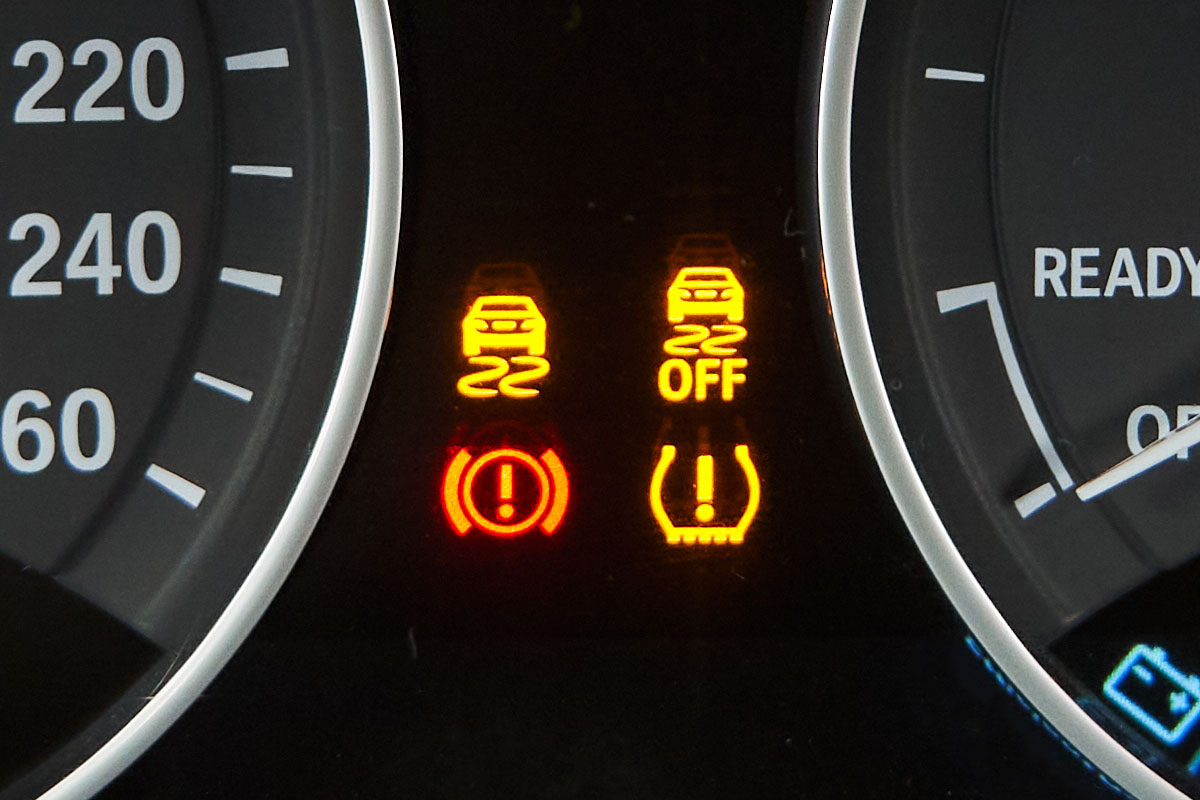
Traction control systems ascertain if any of your wheels are losing control when driving. Once found, the TCS rights the issue to guarantee the vehicles stability.
Roles Of The Traction Control System
The TCS detects when a loss of traction happens among the vehicle’s wheels. Upon determining that a wheel is losing its grip when driving, the system automatically employs the brakes to that individual one or reduces the vehicle’s engine power to the slipping wheel. When the wheels lose their grip when driving, it can lead the vehicle to be unpredictable, resulting in a precarious circumstance. Such traction loss typically happens on slippery or icy roads and possibly in rainstorms.
For Instance, Volkswagen’s compact SUVs, including the Passat, offer a feature known as the “Multi-Traction Control,” in which is going to adjust the wheels’ traction according to the situation. The technology decreases wheel slippage off-road by actively managing the traction drive of the front wheels via the TCS. Because of these new advances, they even enable compact SUVs to travel on snowy, slick, and sandy roads with just the front two wheels.
You can locate a yellow light referred to as the “TCS light” on your dashboard, which occasionally comes on. So, what does the light mean?
1) The TCS light blinks as soon as your vehicle begins to accelerate.
The TCS light flashing upon speeding up could mean that the surface is not providing much friction. It is meant to blink when driving on a slicker than normal roads. Nevertheless, if the light blinks when your car decelerates and the road is not slick, then the problem might be with your ABS sensor in your vehicle. In this situation, verify the codes from the ABS control unit to find out if the sensor is failing to operate.
2) The TCS light is on with OFF below it.
Basically, meaning that your TCS is not on. You can simply turn the TCS on and off with a switch inside the vehicle on its dash. When you can’t locate the button, look through the owner’s manual to learn where it is.
3) The TCS light is always on.
A continual TCS light, often together with the ABS light, means something is happening in your TCS. The answer is to examine the codes in the ABS control unit and see what they reveal. Also, you can have your repairman examine it.
Five Common Reasons for your TCS light to Come on
- ABS sensor failure
- Concerns with the wiring to the ABS sensors
- Concerns with the magnetic/ABS ring
- Water entering the ABS sensor connectors
- ABS control unit failure
Driving With the TCS Light On
Because traction control is essential for driving, should the TCS light turn on it should not be disregarded. Failure in the TCS can impede your wheels from correctly spinning and cause you to lose control over your vehicle on slick roads, which damages your tires’ surface, hinders engine performance and increases the risk of accidents. Problems associated with the TCS or ABS could result in brake failure. Therefore, if your TCS and ABS lights come on, you need to, without delay, have your repairman examine them.
Rov-N-Techs In Scottsdale, Arizona
Rov-N-Techs performs all factory recommended services on Land Rovers & Jaguars at affordable prices! Master Technicians, Joe Caraway and Kevin Curtis worked at Land Rover of North Scottsdale for 10 years before opening their own shop in 2006 under the name of “Rover Techs”. Now known as “Rov-N-Techs” Joe and Kevin offer over 35 years of combined Land Rover experience. Contact us today!



